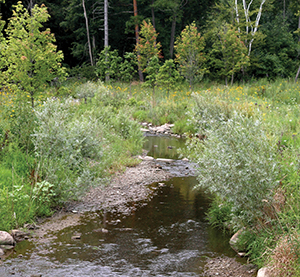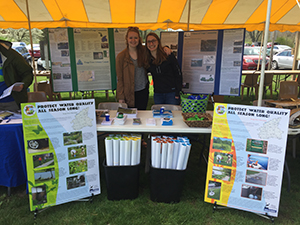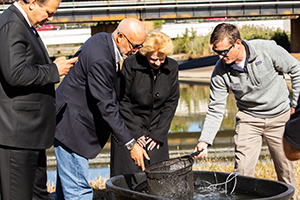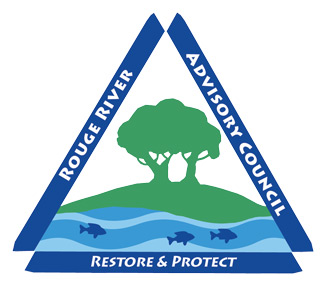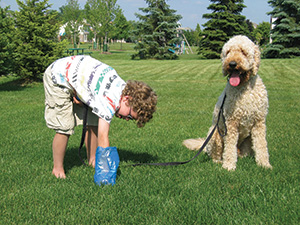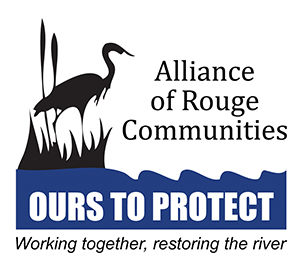 Rouge River - Ours to Protect!
Rouge River - Ours to Protect!
The Rouge River Watershed is home to more than one million people and encompasses 466 square miles, running through the most
densely populated
and urbanized land area in southeast Michigan. The Rouge River is a tributary to the Detroit River and its four branches total approximately 126 miles of waterways and include over 400 lakes, impoundments and ponds. More than 50 miles of the river flows through
public parklands, making the
Rouge River one of the most publicly accessible rivers in the country.
The purpose of the Alliance of Rouge Communities (ARC) is to encourage watershed-wide cooperation and support
to restore beneficial uses of the Rouge River to the area residents while meeting water quality permit requirements!
